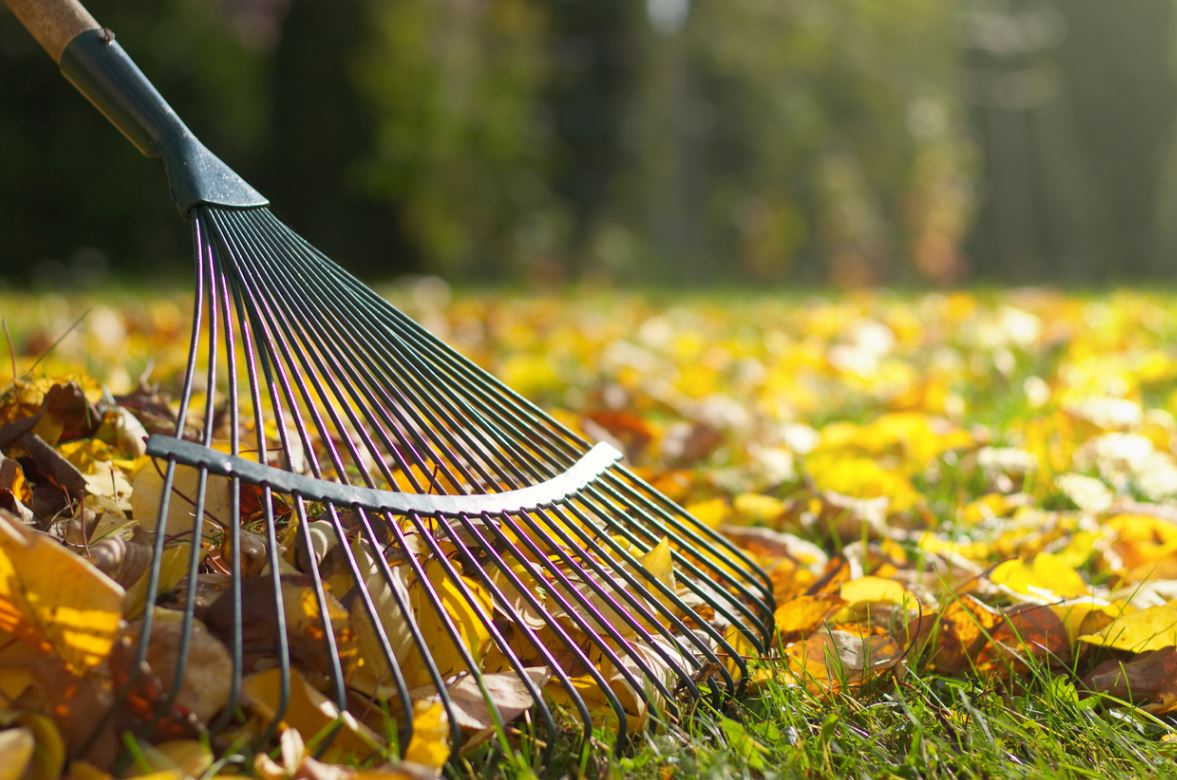All gardeners know it well, mulching is essential in the garden as in the vegetable patch. But for the latter to be effective, it is spread in a thick layer and if you buy the mulch it quickly becomes very expensive. You can perfectly make it yourself with green waste from the garden. Here are all the ways to make your own mulch!
The two kinds of mulch
There are two main types of mulch: long-lasting mulch and the short-term mulch. Long-lasting mulch is suitable for shrubs and roses, it decomposes slowly. Short-lived mulch breaks down faster. It is recommended instead for vegetables and annual flowers.
Lawn mulch
Grass clippings provide you with renewable and abundant mulch. Keep them and turn them into mulch.
Be careful, you can only use it if the lawn has not been treated with chemicals. It is necessary to mow before the rise in seeds of the grass. You let them dry for two or three days in the sun. There should be no wet residue.
Then use the mulch in a layer of 5 to 10 cm, avoiding young plantations which could be burned due to the high presence of nitrogen.
A mulch of ferns
Fern leaves can provide a quality mulch because of the potash it contains. You harvest them easily in the woods or in your garden.
Take ferns without small brown balls hidden under the leaves, otherwise you risk having the garden full of them.
Cut the fern fronds with pruning shears and any leaves that are too large.
Spread a layer of fern at the foot of the plants to a thickness of at least 10 cm. It is perfectly suited to heather earth plants such as magnolia, camellia, hydrangea … By decomposing, heather leaves promote the acidity of the soil. You can mulch other plants, however. It is ideal for protecting plants from the harsh winter and frost by regulating the temperature of the soil.
Mulch with garden waste
It is quite simple to use all the small waste in mulch, in particular keep the wilted flowers, the cut stems, the result of shrub pruning, the dry leaves of perennials. Spread them out on a tarpaulin, pass the mower to shred them. It is a perfect mulch for roses, small fruit trees, shrubs, bedding plants and vegetable gardens.
Mulch with fallen leaves
When they fall in the fall, save them and chop them with a mower. The pieces must be small. Then, dispose of this mulch right away or store it for later in a protected and ventilated place.

To read also : Can we burn dead leaves in the garden?
A fragmented rameal wood mulch
If it is initially primarily intended to structure the soil, it can be used as mulch easily.
It is necessary to crush the branches of deciduous trees that you have just cut, favoring the richest which are those with a diameter of 2 to 4 cm.
Crush and spread this mulch from late October to early March to protect the soil from winter assaults.
Compost mulch
The 3-month-old compost that is not yet ripe will be spread in a 5 to 10 cm layer at the foot of the plants.
The mulch mixture
You can perfectly mix the different green waste from the garden to make a mulch provided that it is crushed: leaves, twigs, branches, bark …
Read also : When to put manure in your garden?








